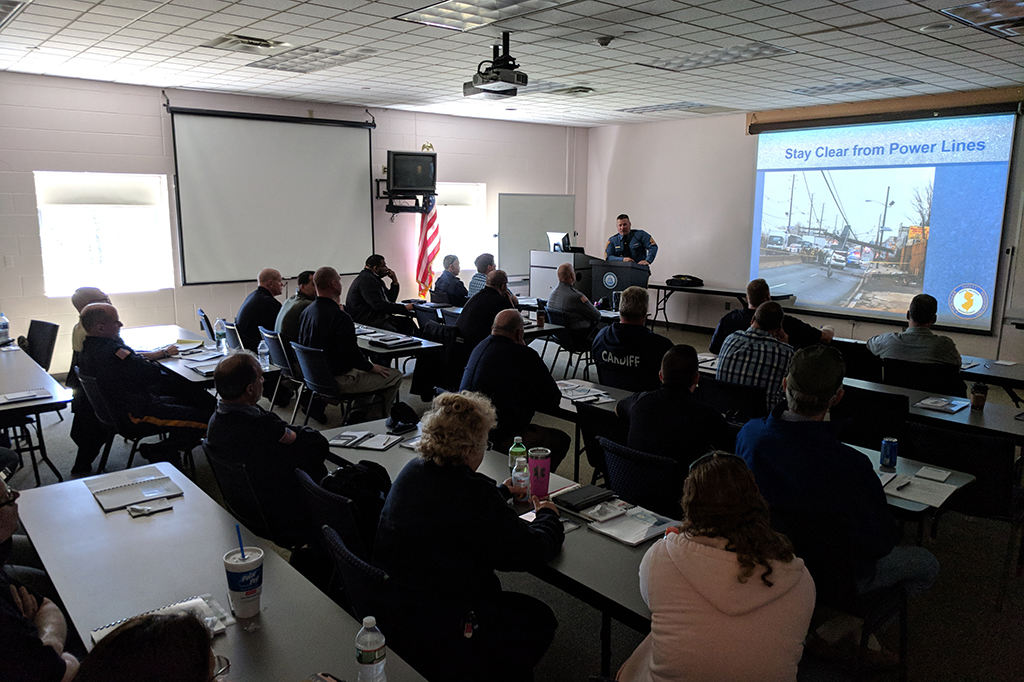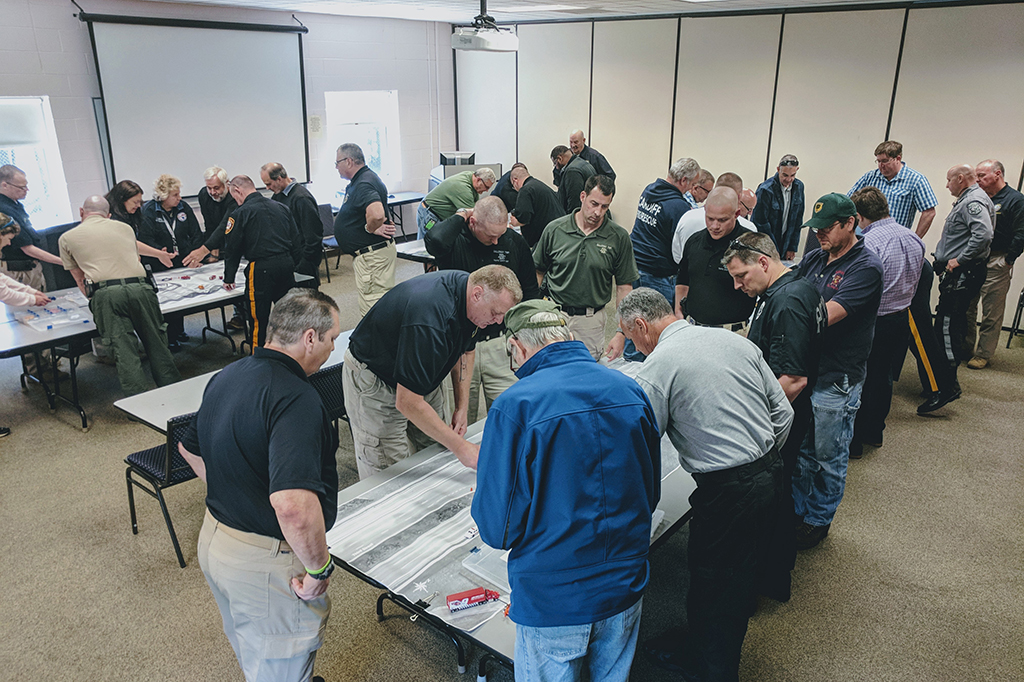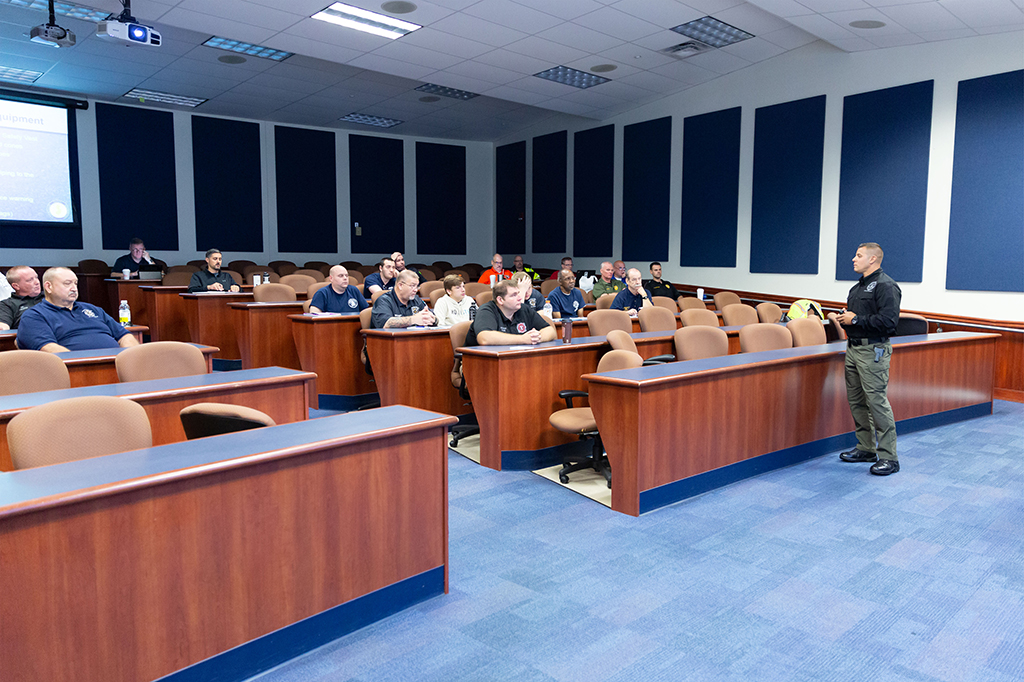According to the Federal Highway Administration (FHWA), TIM consists of a planned and coordinated multi-disciplinary process to detect, respond to, and clear traffic incidents so that traffic flow may be restored as safely and quickly as possible.
TIM is a coordinated process that involves a number of public and private sector partners. Typical stakeholders include federal, state, and local agencies such as Emergency Medical Services (EMS), Fire/Rescue, Law Enforcement, Medical Examiners and Coroners. The private sector consist of volunteer, and contract organizations such as towing and recovery, hazardous materials responders.
Effective TIM reduces the duration and impacts of traffic incidents and improves the safety of motorists, crash victims and emergency responders. The sooner incidents are detected, the sooner personnel can respond to the incident and clear it from the roadway, thereby allowing traffic lanes to re-open.
Since traffic incidents are an important issue in New Jersey, the NJDOT is expanding on the groundwork that has been in place and is taking the next steps to continue advancing Traffic Incident Management (TIM) on a statewide basis.
NJTIM Training
Traffic Incident Management (TIM) Responder Training brings police, firefighters, DOT, towing, medical personnel, and other incident responders together to engage in interactive, hands-on incident resolution exercises. Learning to coordinate response activities and optimize operations is vital to responding effectively in the field and to building a unified national practice on incident management.




